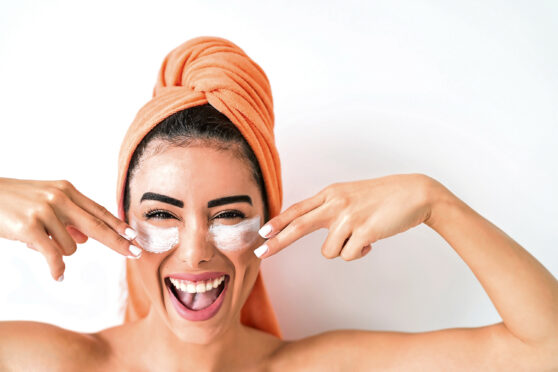
Skincare obsessives have long raved about the transformative effects of the vitamin A derivative, retinol, a supercharged serum that works wonders on your complexion.
Now, there’s a new kid on the beauty block that’s said to rival retinol in the quest for clear skin, and it’s called bakuchiol.
Fans claim they get the same results with this plant-derived antioxidant, but with less irritation. So, is bakuchiol really as good as or even better than retinol?
Here, Dr Richard Blackburn, co-founder of skincare brand Dr. Craft, answers your questions.
What is bakuchiol?
“Psoralea corylifolia (Babchi) is a medicinal plant originating from India and China,” explained Dr Blackburn.
“Bakuchiol occurs in the babchi seeds and has been used in Ayurvedic medicine for centuries. This natural active has become known as a gentle and effective anti-ageing active, that mimics the behaviour of retinol, without the same kind of irritation.”
And the benefits?
If tackling the signs of ageing and sun damage are a priority, this antioxidant really helps.
Dr Blackburn continued: “Bakuchiol has been clinically proven through research published in the British Journal Of Dermatology to significantly decrease wrinkles, hyperpigmentation, and UV-related skin damage, with fewer side effects than retinol.
“Research shows 12 weeks of application can result in smoother, firmer, and all-around more youthful-appearing skin.”
Au revoir retinol?
Dr Blackburn explained: “for many users, retinol has significant undesired side effects, such as itching, burning and even skin peeling.
“It is often recommended to be introduced into a skincare routine slowly, due to these issues, but for those with very dry or sensitive skin, retinol is often simply unsuitable.
“Bakuchiol, on the other hand, is a gentle active that is adaptable for different regimes, and safe to use twice a day.”
When do I use it?
You’ll find Bakuchiol in everything from cleansers and masks to BB creams and oils, but the most common format is serum.
“Bakuchiol can be incorporated into both your day and night skincare regime, but by adding it into your night regime, you are allow the active time to work overnight,” advised Dr Blackburn.
“Apply to a cleansed face and neck, in order of thinnest to thickest, and allow a few minutes for the product to sink into your skin before applying the next step.”

Enjoy the convenience of having The Sunday Post delivered as a digital ePaper straight to your smartphone, tablet or computer.
Subscribe for only £5.49 a month and enjoy all the benefits of the printed paper as a digital replica.
Subscribe